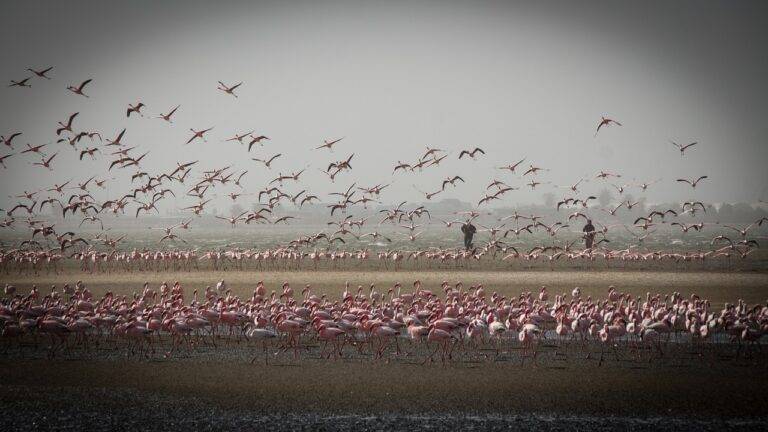Sustainable Tourism in Indigenous Communities: Supporting Cultural Preservation and Empowerment
Tourism development often brings both opportunities and challenges for indigenous communities. One of the main challenges faced by these communities is the risk of cultural appropriation and exploitation. Tourism can sometimes turn traditional practices and beliefs into mere entertainment for tourists, eroding the authenticity of indigenous cultures.
Another significant challenge is the lack of meaningful representation and involvement of indigenous community members in decision-making processes. In many cases, decisions about tourism development are made by external stakeholders without considering the perspectives and needs of the indigenous communities themselves. This can lead to projects that do not align with the values and goals of the communities, resulting in negative impacts on their cultural heritage and overall well-being.
Impact of Tourism on Indigenous Cultural Preservation
Tourism’s influence on indigenous cultural preservation is a double-edged sword. While it provides opportunities for communities to showcase their traditions and customs to a broader audience, it also brings the risk of cultural commodification and distortion. As tourists seek out authentic cultural experiences, the pressure on indigenous communities to commercialize their traditions can lead to the dilution or misrepresentation of their cultural heritage.
Moreover, the influx of tourists can introduce external influences that challenge the authenticity and integrity of indigenous practices. The demand for entertainment and spectacle may incentivize communities to modify their traditions to cater to tourist expectations, compromising the original significance and meaning behind cultural practices. This tension between preserving cultural authenticity and meeting the demands of the tourism industry poses significant challenges for indigenous communities striving to maintain the integrity of their heritage in the face of commercialization.
What are some common challenges faced by indigenous communities in the development of tourism?
Some common challenges include exploitation of indigenous culture for commercial gain, lack of control over tourism development, loss of traditional practices and customs, and environmental degradation.
How does tourism impact indigenous cultural preservation?
Tourism can both positively and negatively impact indigenous cultural preservation. It can provide economic opportunities for communities to preserve and showcase their culture, but it can also lead to cultural commodification, loss of authenticity, and erosion of traditional values.
What are some strategies that indigenous communities can use to mitigate the negative impacts of tourism on cultural preservation?
Indigenous communities can implement sustainable tourism practices, promote cultural education and awareness among visitors, establish partnerships with responsible tour operators, and have a strong voice in decision-making processes related to tourism development.
How can tourists contribute to the preservation of indigenous cultures while visiting their communities?
Tourists can respect and honor indigenous customs and traditions, support local initiatives and businesses that promote cultural preservation, participate in cultural activities and experiences in a respectful manner, and educate themselves about the history and significance of the indigenous culture they are visiting.





